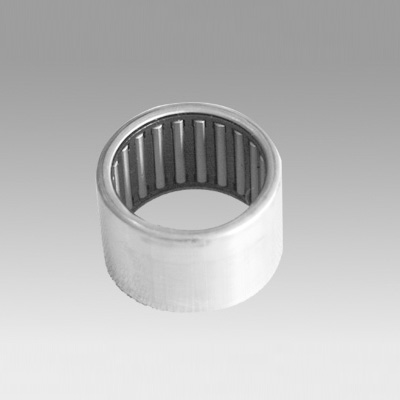
Aug . 20, 2024 01:41 Back to list
Exploring the Features and Applications of 30208 Bearing in Mechanical Engineering
Understanding the 30208 Bearing A Crucial Component in Machinery
Bearings play a vital role in the smooth operation of machinery, allowing for controlled motion between stationary and moving parts. Among various types of bearings, the 30208 bearing has established itself as a popular choice in numerous applications due to its unique design and functionality. This article delves into the characteristics, applications, and importance of the 30208 bearing in engineering.
The 30208 bearing is a tapered roller bearing, which is characterized by its ability to support both radial and axial loads. Its design features an inner ring, an outer ring, and tapered rollers that are arranged in a way that they can accommodate forces from multiple directions. This versatility makes it particularly useful in situations where loads are not aligned perfectly. The tapered nature of the rollers allows for smooth and efficient motion, reducing friction and wear between components.
One of the key specifications of the 30208 bearing is its dimensional standardization. It follows the metric system, with a bore diameter of 40 millimeters, an outer diameter of 80 millimeters, and a width of 17.25 millimeters. The tapered roller's angle is also significant; it relates to how the bearing distributes loads and interacts with the components it supports. These dimensions allow the bearing to fit seamlessly into various assemblies, making it a flexible choice for engineers.
The 30208 bearing is used across a wide range of industries. Common applications include automotive, aerospace, and heavy machinery. In the automotive sector, for instance, they are often used in wheels, gearboxes, and steering components. They enable efficient power transmission while ensuring that vehicles can handle various loads during operation. In the aerospace industry, where reliability is paramount, the 30208 bearing helps maintain precision in moving parts, contributing to the overall safety and performance of aircraft.
30208 bearing

Furthermore, the bearing's ability to withstand significant axial and radial loads makes it particularly suited for applications that involve heavy machinery. Construction equipment like excavators, trucks, and cranes rely on reliable bearings to function properly under demanding conditions. The robustness of the 30208 bearing ensures long service life, reducing the need for frequent replacements and minimizing maintenance costs.
The efficiency of the 30208 bearing also plays a role in energy conservation. Lower frictional forces lead to reduced energy consumption, making machines more efficient. In industries where energy costs are a significant concern, selecting the right bearing can contribute to operational efficiency and cost savings.
Moreover, the manufacturing process of the 30208 bearing considers various factors such as material selection and surface treatment. Quality materials, such as high carbon chrome steel, are often used to enhance durability and performance. Additionally, treatments such as hardening improve wear resistance, ensuring that the bearing can withstand the rigors of daily operations.
In conclusion, the 30208 bearing is a critical component that serves a multitude of functions across various industries. Its unique characteristics, including its ability to accommodate both axial and radial loads, make it invaluable in engineering applications. As technology continues to evolve, the demand for reliable and efficient bearings like the 30208 will undoubtedly grow, further solidifying its position as a cornerstone of modern machinery design. Whether in automobiles, aircraft, or heavy equipment, the 30208 bearing remains an essential element driving efficiency and reliability in myriad applications.
Latest news
-
Industrial Machine Bearings: the core hub of mechanical operation
NewsAug.06,2025
-
Deep Groove Ball Bearing: A Dynamic "Elf" Operating Mechanically
NewsAug.06,2025
-
Compact craftsmanship: the way to optimize the space of Concrete Mixer Bearings
NewsAug.06,2025
-
Combine Harvester Bearings: The 'Steel Backbone' of Modern Agriculture
NewsAug.06,2025
-
Bearing Machinery: a flexible support hub for mechanical operation
NewsAug.06,2025
-
Agricultural Equipment Bearings: A Power Hub for Intensive Cultivation under Radial Space Constraints
NewsAug.06,2025
